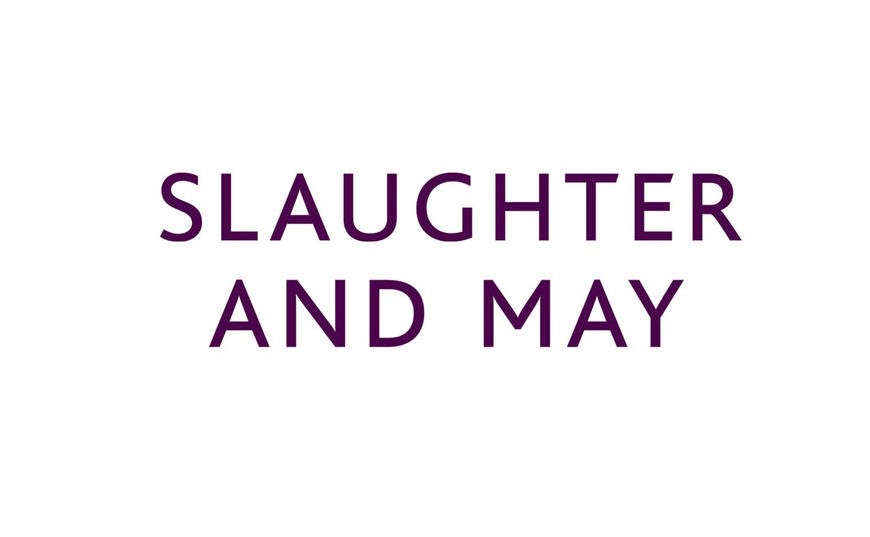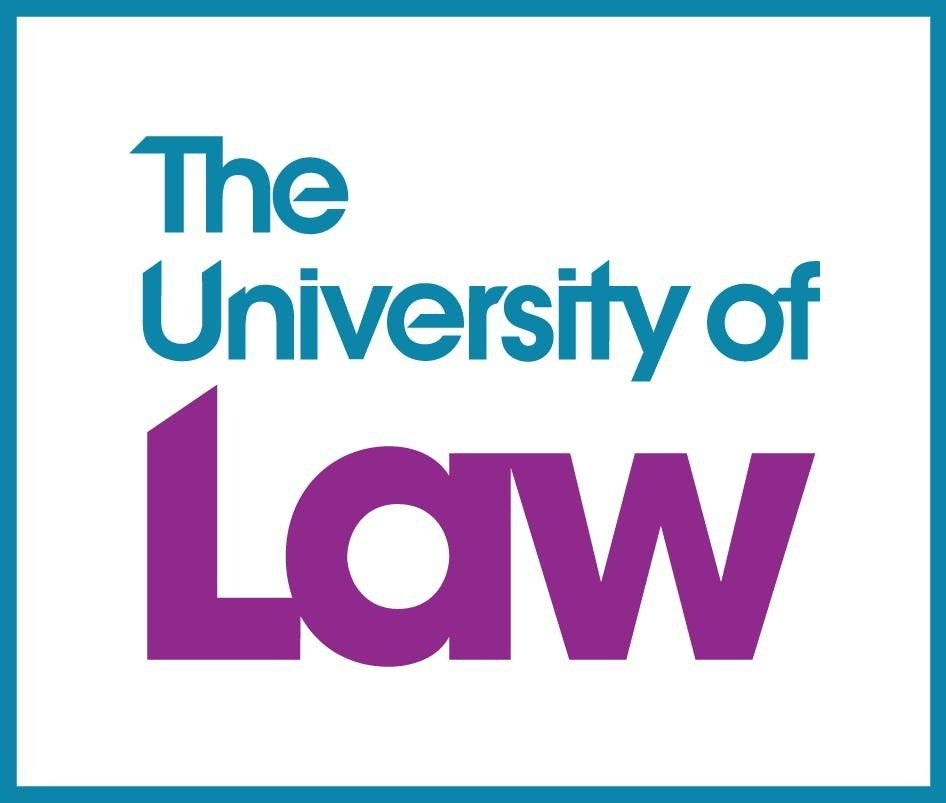Since Boris Johnson’s lockdown announcement in March, every aspect of public life in UK has felt the impact, perhaps none more than the economy.
The Office for National Statistics have found that the economy is in a technical recession, after a record fall of 20.4% in April to June, and GDP in July was still 11.7% below levels earlier in the year [1]. Restrictions have caused issues with confidence of safety, and difficulties with international import/export; this has damaged the economy, even with the Bank of England cutting its interest rate to the lowest in its 325-year existence. The “V shaped” economic recovery predicted earlier in the year seems further away every day.
Another costly impact of the lockdown was the implementation of the Coronavirus Job Retention Scheme to support those who were forced to take a leave from work due to closures. Unfortunately, this does not take over from employment law; therefore, if there is a lay-off clause in an employee’s contract, they could be sent home without pay for a period of time regardless.
As well as this issue, the Office for Budget Responsibility estimates that the emergency money packages under this legislation could add up to more than £100bn this year alone [2]. And yet, despite this substantial help, millions have been left out of work, and the Resolution Foundation said that about a quarter of 18 to 24-year-olds included in the research had been furloughed whilst another 9% had lost their job altogether [3]. Students in particular have been hit hard. They are more likely to work in service jobs, more likely to need to use public transport (putting them more at risk), as well as issues with their education, rent, and mental health. And with the 3-tier system being introduced, and new restrictions coming into place every day, students could be unable to visit home, creating more isolation and restricting their support system even further.
China’s ‘V-shape’ economic recovery has gained momentum in the last quarter and could give some hope. They saw consumer spending rise and strong manufacturing figures, which contributed to a 4.9% growth in the economy compared to the same time last year. But with Fitch Ratings downgrading the UK's government debt rating from AA to AA-, and lingering uncertainty over Brexit, this unsettled period won’t be ending anytime soon [4].
Coronavirus and the impact on output in the UK economy: June 2020 (Office for National Statistics 2020)
Economic and Fiscal Outlook (Office for Budget Responsibility 2020)
Young workers in the coronavirus crisis: Findings from the Resolution Foundation’s coronavirus survey (Resolution Foundation 2020)
United Kingdom- Rating Action Report (Fitch Ratings, 2020)
















